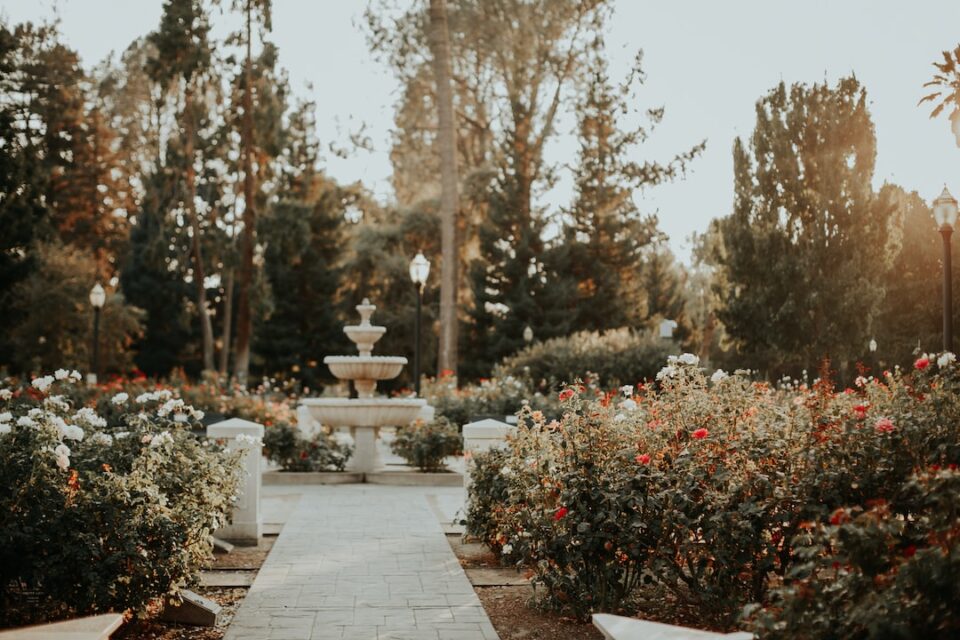The Joys of Indoor Gardening: Houseplant Tips
In recent years, indoor gardening has become an increasingly popular hobby among both urban dwellers and plant enthusiasts. Not only does it add a touch of greenery to our living spaces, but it also offers numerous health benefits and serves as a source of joy and relaxation. Maintaining indoor plants requires a little effort and knowledge, but the rewards are well worth it. In this blog post, we will explore the joys of indoor gardening and share some useful houseplant tips.
One of the greatest joys of indoor gardening is the sense of bringing the outdoors inside. For those living in concrete jungles or areas with limited green spaces, indoor plants offer a way to reconnect with nature. Seeing lush foliage, vibrant flowers, and even the gentle sway of leaves in our own homes can be incredibly refreshing and uplifting. Whether it’s a small succulent or a tall, leafy monstera, each plant brings a unique beauty and tranquility to our living spaces.
Indoor gardening also offers numerous health benefits. Plants naturally release oxygen and absorb carbon dioxide, improving the quality of indoor air. They also act as natural air purifiers by filtering harmful pollutants. Studies have shown that having plants indoors can reduce stress, boost mood, and increase productivity. Additionally, being surrounded by greenery can contribute to a sense of well-being and even help lower blood pressure. Indoor gardening, therefore, promotes both physical and mental health benefits.
Now, let’s dive into some houseplant tips for successful indoor gardening. First and foremost, it’s important to choose the right plants for your space and lifestyle. Consider factors such as available light, temperature, and humidity levels. Some plants, like succulents, thrive in bright sunlight and can withstand drier conditions, while others, like ferns, prefer indirect light and higher humidity. Research the needs of different plants to ensure you provide the best growing environment for them.
Watering is another crucial aspect of indoor gardening. Each plant has specific water requirements, and overwatering or underwatering can lead to issues. Aim to keep the soil evenly moist, but not waterlogged. Regularly check the moisture level by sticking your finger into the soil or using a moisture meter. It’s important to note that different seasons and environmental conditions may affect the watering frequency, so make adjustments when necessary.
Proper lighting is essential for the growth and development of indoor plants. Most plants require bright, indirect light to thrive. Place them near windows or consider using grow lights if natural light is limited. Keep in mind that too much direct sunlight can harm certain plants, so ensure they are protected from harsh rays. Regularly rotate your plants to ensure balanced growth and prevent them from leaning towards the light source.
Feeding your plants with appropriate nutrients is also important. Indoor plants generally require regular fertilization to maintain their health and vigor. Choose a suitable plant fertilizer and follow the instructions carefully. Over-fertilization can lead to nutrient burn, whereas under-fertilization can result in stunted growth. Find the right balance, and consider using organic fertilizers for a more environmentally-friendly approach.
Lastly, don’t forget to care for your indoor plants by regularly removing dust, pruning, and dealing with any pests or diseases. Dust can accumulate on leaves and inhibit photosynthesis, so gently wipe them down with a damp cloth or give them a shower occasionally. Pruning helps maintain a plant’s shape and encourages new growth. Keep an eye out for pests, such as aphids or spider mites, and take appropriate measures to control them, such as using insecticidal soap or neem oil.
In conclusion, indoor gardening offers a wonderful opportunity to bring nature into our homes and enjoy its numerous benefits. It allows us to create a calming and soothing environment while improving air quality and well-being. By following a few basic houseplant tips, such as choosing the right plants, watering correctly, providing adequate light, and nurturing our plants with proper care, we can embark on a rewarding indoor gardening journey. So why not make your home a little greener and discover the joys of indoor gardening today?

